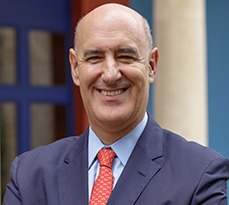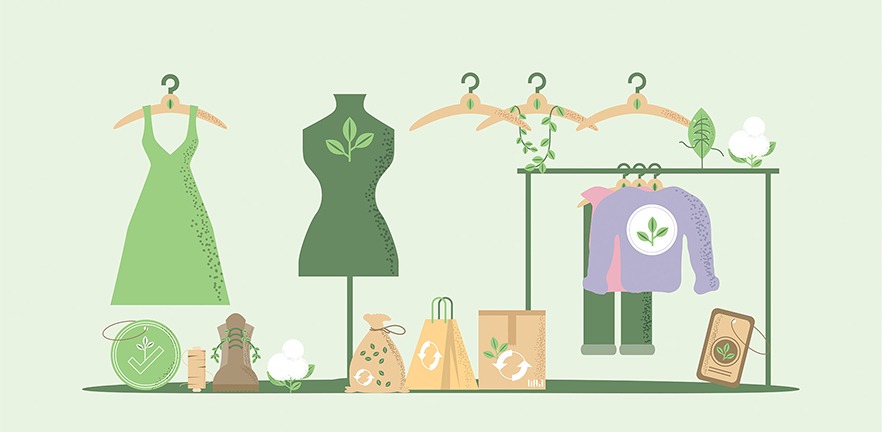The Christmas party season is in full swing, and with the mince pies and mulled wine comes the lure of buying a new item of clothing – fuelled by the twinkling lights of department store windows, reassuring festive TV campaigns, and those popup adverts on your phone.
There is, however, a growing awareness of the impact the clothing industry has on the planet. The fashion industry is one of the worst offenders when it comes to climate change – accounting for 8% to 10% of global carbon emissions, and nearly 20% of wastewater. Fashion also uses up more energy than both aviation and shipping combined.
Here’s another eye-opening fact: the desire to “treat” ourselves to new garb comes despite the average UK adult having 31 items of clothing in their wardrobe they haven’t worn for a year, according to climate action NGO WRAP.
How sustainable clothing firms are offering an alternative to fast fashion
As more and more consumers wake up to this reality, “fast fashion” is falling out of favour and shopping more sustainably for clothes is in the ascendancy. This growth area has attracted entrepreneurs, including two sustainable fashion firms supported by the Cambridge Social Ventures programme, part of the Cambridge Centre for Social Innovation at Cambridge Judge Business School.
- Clobber & Sprout is a vintage clothing company, which began on market stalls in London and moved online a few weeks before the first COVID-19 (Coronavirus) lockdown. It aims to offer an accessible and affordable alternative to fast fashion.
- Where Does it Come From? was founded by Jo Salter after she wanted to know more about the origins of the clothes she was buying, including whether the process has damaged the environment or involved child labour. Each piece of clothing has a QR code so the customer can explore its story, right back to the crops growing in the field. The company works with a variety of social enterprises in India, Africa, and the UK.
The two firms jointly share their thoughts on what they have learnt about creating an environmentally friendly brand:
Five top tips for building a sustainable fashion business
- Pinpoint a mission and a market: Clobber & Sprout understands people want to change their look on a regular basis and wants to provide an easy way to do this sustainably. Where Does it Come From? offers a solution to those who want to know the backstory of their garments.
- Get a great, mission-driven team: Make sure you trust the sustainability-focused commitment levels of the team you work with. Team members’ circumstances and lives may change, but a strong mission-drive will ensure the business continues through the inevitable ups and downs.
- Think carefully about your sales model to save money and surplus stock later: Consider a pre-order model at first or find a supplier that will do smaller productions to start with. If something doesn’t sell well then you can easily change it without wasting money or adding to the clothing waste problem.
- Find a network: Ethical fashion brands often collaborate rather than compete as they are all aiming for a “greater good”. You can share costs for photo shoots, campaigns and more – plus you will build relationships, swap learning, and share the rollercoaster of experiences that come with running an ethical fashion brand.
- Keep going: It is very easy to give up, especially in the first few years. Building a business is scary due to short-term opportunity cost. In reality, mission-driven businesses take several years to get going. Keep your day job, if needed, but keep going.
Cambridge Judge Dean: we can all make a contribution to reducing carbon emissions

“The clothing sector is the 3rd largest in terms of carbon emissions in the world,” says Cambridge Judge Business School Dean Mauro Guillén. “When we think about climate change and the solutions to it, I think we always focus on a technological breakthrough that may liberate us from fossil fuels. Or we think about what governments can do if they agree to introduce new policies or incentives, or even taxes on carbon emissions. But I think as citizens, as individuals, as consumers, we can also make a great contribution to reducing carbon emissions.”


